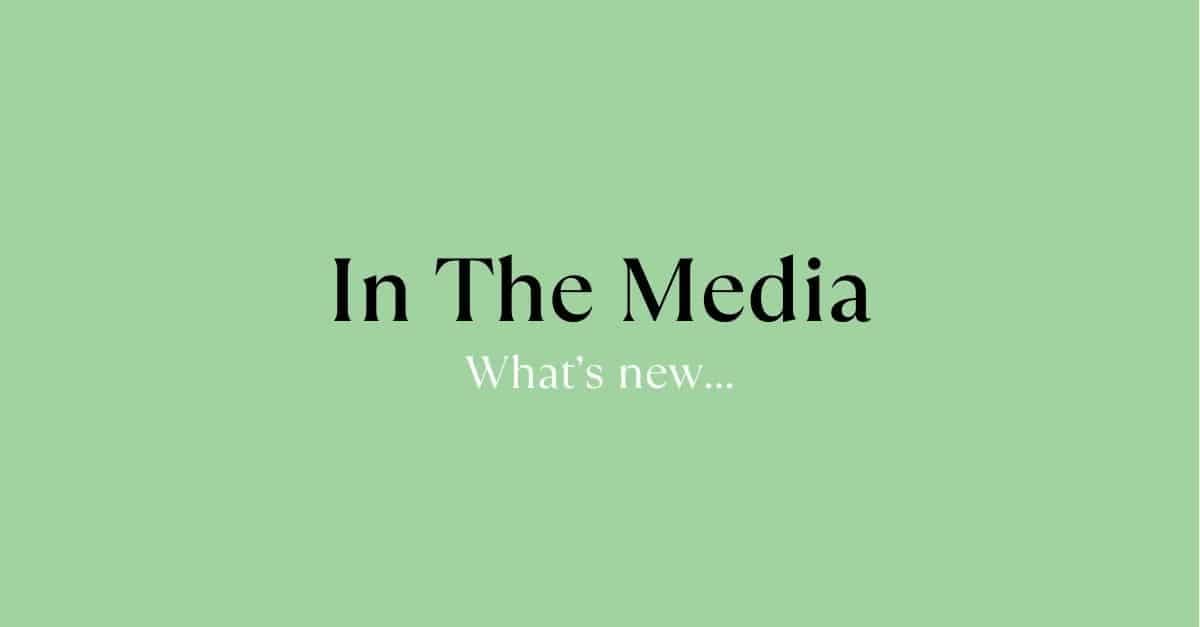The introduction of the new CQC Single Assessment Framework is continuing to take shape. The CQC has now confirmed the date for the commencement of its new single assessment framework, which is set to kick off in the South region on 21st November.
The announcement follows the publication earlier this month of the CQC’s draft guidance on two of the key components of the new framework: quality statements and key evidence categories. This detailed guidance (which can be downloaded in full or in part as a PDF document here Our new approach to assessment - Care Quality Commission (cqc.org.uk)) is required reading for all CQC registered providers. You can read our first blog on the CQC’s framework Winter is Coming: CQC’s Game Changing Strategy.
In this second instalment of our series of articles mapping the introduction of this new and pivotal approach to assessment, we review this guidance and the subsequent provider webinar that took place earlier this month (available here (Provider webinar: Introducing quality statements and evidence categories - YouTube).
A new assessment approach.
To recap, some elements of the assessment framework will remain unchanged under the new approach. Most importantly, the five key questions will remain in place so that the CQC will still be assessing whether providers are safe, effective, caring, responsive and well-led. The four-point ratings scale (outstanding, good, requires improvement and inadequate) will also continue to apply.
However, in place of the previous Key Lines of Enquiry (KLOEs) and prompts, there will now be a new structure, with the introduction of quality statements and key evidence categories.
Quality statements
In essence, quality statements, written as ‘we statements’, are calls to action that demonstrate the standards that providers should aspire to live up to. Simply put, they show what the CQC considers necessary to deliver high quality, person-centred care. The key point to understand is that quality statements are expressed at the rating level of ‘good’. They are expressly mapped to the 2014 regulations The Health and Social Care Act 2008 (Regulated Activities) Regulations 2014 (legislation.gov.uk) so that they fully align with the legal framework that guides the CQC’s assessment of work that equates to ‘good’.
Much of the ground covered by the quality statements will be familiar to providers. However, they also cover several new areas. For example, a new statement under the environmental sustainability category covers the equipment, facilities and technology needed to support the safe delivery of care.
In most instances, the published quality statements contain only high-level detail. However, the CQC has confirmed that more granular detail will be published for each quality statement so that providers can be clear as to what best practice looks like under each statement.
The CQC has confirmed that it will publish a set of priority quality statements as a minimum set. These priority statements will be tailored to different sectors and will initially be used as the foundation for assessments over the next couple of years. This minimum set can be expanded on by assessors as necessary.
Key evidence categories
The CQC has categorised the various forms of evidence it will look at to understand the quality of care being delivered and to measure a provider’s performance against each quality statement. The overall aim of doing this is to make the assessors’ judgements more transparent and consistent. There will be six key evidence categories, as follows:
· People’s experience of health and care services. This encompasses information patients and service users provide in connection with a particular health or care service or a care pathway spanning multiple services. It also includes input from families, carers, and advocates representing service users.
· Feedback from staff and leaders. This is evidence from people who work in a service, local authority or integrated care system, and groups of staff involved in providing care to people.
· Feedback from partners. This constitutes information derived from individuals representing organisations that engage with the service undergoing evaluation. This could include representatives from commissioners, regulators, other local service providers, as well as royal colleges.
· Observation. Observing care and the care environment will remain an important way to assess quality. Most observations will be carried out on the premises by CQC inspectors and Specialist Professional Advisors (SpAs).
· Processes. Processes are the actions, plans, or tasks that an organisation follows to deliver its objectives. These could include processes used to measure and respond to audits, procedures to look at learning from incidents or notifications to the CQC, or systems to review patients’ care and clinical records.
· Outcomes. Outcomes are focused on the impact of care processes on individuals. They examine how care has influenced people's physical, functional, or mental well-being. Some examples of outcome measures include mortality rates, how often patients needed emergency hospital care, how many times patients had to be re-admitted to hospital, how well infections are controlled, and data related to vaccinations and prescriptions.
The key evidence categories are largely drawn from the KLOEs and prompts that are currently in use. One of the main problems with the old (current) framework was the sheer number of KLOEs and prompts – there were over 300 in total. In addition to being time consuming and overly bureaucratic for resource stretched providers, the process lacked clarity. This resulted in a great deal of duplication and a perception of variability in interpretation by different assessors. In short, providers often struggled to fully understand what was expected of them during assessments.
After a detailed review, the CQC concluded that the KLOEs and prompts were basically asking the same six questions. It is these questions that have now been distilled down into the key evidence categories.
Evidence categories for sector groups
The guidance makes it clear that the CQC does not intend to review information from all key evidence categories for every service and every sector. The number of evidence categories that the CQC will consider, and the sources of evidence it will collect, will vary according to the type or model of service, the level of assessment (service, provider, local authority or integrated care system), and whether the assessment is for an existing service or at first registration.
The guidance (which the CQC is at pains to emphasise is not intended to be exhaustive) lists the evidence categories that the CQC currently thinks it will need to review on a sector-by-sector basis in order to assess the quality statements provided for each of the five key questions. The guidance includes detailed descriptions of each evidence category and the detail of what evidence the CQC will look at against individual quality statements and for different types of service. This means that providers can now drill down for different types of service, and see the different evidence categories for each quality statement.
There are nine different sector groups. Evidence categories for sector groups - Care Quality Commission (cqc.org.uk) The ‘Independent Doctors’ sector group includes independent or private clinics, independent or private GP practices, online primary health care and slimming clinics. Details of the evidence categories for assessments of this sector group can be found here: Safe - Care Quality Commission (cqc.org.uk). The CQC has confirmed that it intends to publish further guidance for the independent healthcare sector shortly, and we will be reporting on this when it lands.
A call to action
The published guidance now shares more detail on the types of evidence the CQC will look at during its assessments. However, it is important to note that this is only draft guidance at this stage. The CQC has specifically asked for feedback from providers in order to improve the content – and to determine the level of detail – that will be included in the final guidance.
Seizing this valuable opportunity to engage is crucial as the final guidance will be shaped to a significant degree by the feedback received from regulated providers.
This is a chance to ensure that the final guidance will include what providers need to know in order to understand what the CQC will be assessing in their service and what evidence it will use to arrive at its judgements. If this clarity can be achieved, it will help providers prepare for assessments and align their quality assurance processes in line with the CQC approach.
Upcoming guidance
This transition marks a pivotal moment in healthcare regulation for England and Wales. We will be closely mapping the roll out of the new framework as it continues to take shape. Further details of the new framework are expected to be published imminently, including guidance for independent health and care providers, information on the frequency and types of assessment, and details of the CQC’s new scoring approach. Watch this space!
The information contained in this article does not represent a complete analysis of the topics presented and is provided for information purposes only. It is not intended as legal advice and no responsibility can be accepted by Altea Insurance for any reliance placed upon it. Legal advice should always be obtained before applying any information to particular circumstances.



